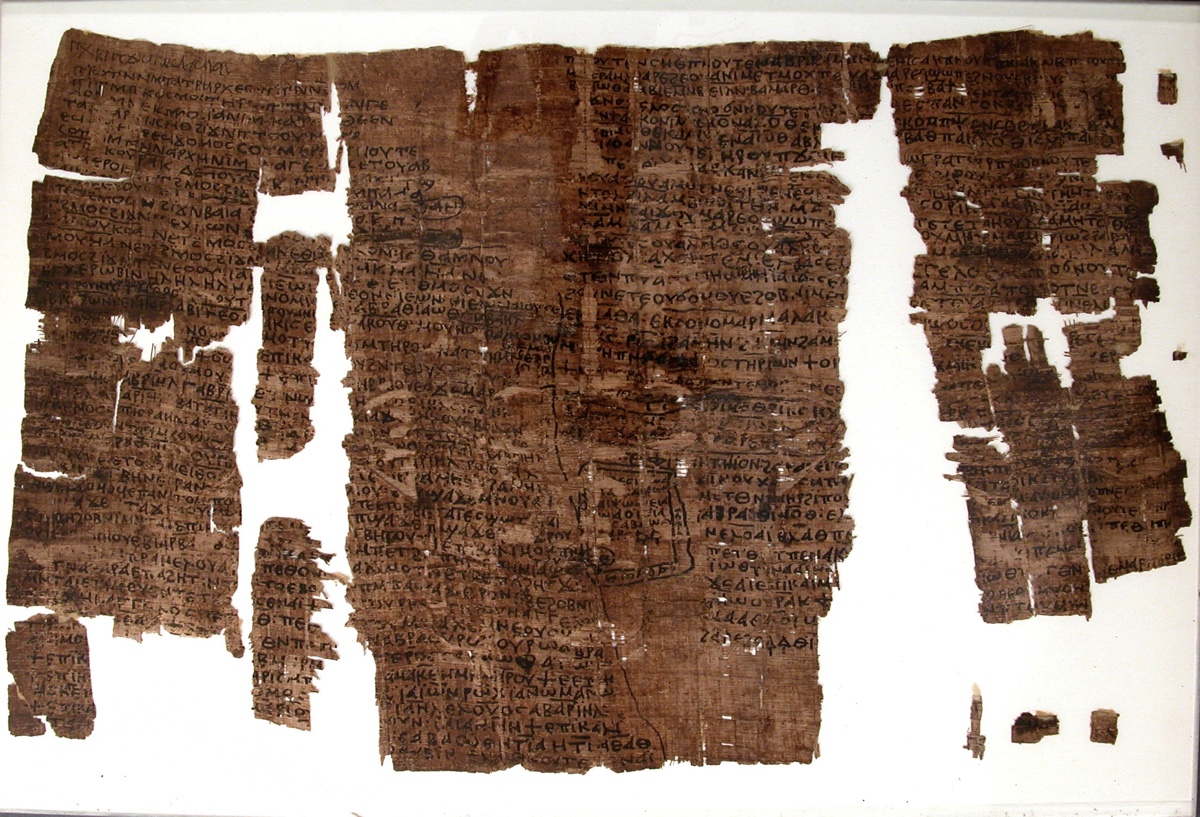Ancient Egyptian Incantations Tell of Biblical Human Sacrifice

Scientists have deciphered what they describe as a 1,500-year-old 'magical papyrus' that was discovered near the pyramid of the Pharaoh Senwosret I.
The text dates to a time when Christianity was widely practiced in Egypt.The unnamed person(s) who wrote the incantations in Coptic, an Egyptian language that uses the Greek alphabet, invoked God many times.
"God of Seth, God of Abraham, God of Isaac, God of Jacob, God of Israel, watch over everyone who suffers. My word, may it come to pass with power," reads part of the translated papyrus.
"May every spirit that is in the air obey me," the papyrus user asks God.
Several times in the papyrus God is called "the one who presides over the Mountain of the Murderer" a phrase that likely refers to a story in the Book of Genesis in which God told Abraham to sacrifice his son Isaac on Mount Moriah, wrote Michael Zellmann-Rohrer, a researcher in the department of classics at Oxford University, who described the magical papyrus in the journal Zeitschrift für Ägyptische Sprache und Altertumskunde. [Cracking Codices: 10 of the Most Mysterious Ancient Manuscripts]
The Book of Genesis says that God stopped Abraham before he actually sacrificed his son. However in this papyrus the story is described in such a way that it sounds as if the sacrifice wasn't stopped wrote Zellmann-Rohrer noting that other texts from the ancient world also claim that the sacrifice was completed. "The tradition of a literal sacrifice seems in fact to have been rather widespread," Zellmann-Rohrer wrote.
The papyrus was uncovered during a 1934 expedition by New York's Metropolitan Museum of Art, the papyrus is now at the Met but had never been deciphered or detailed in a scientific journal until now.
Sign up for the Live Science daily newsletter now
Get the world’s most fascinating discoveries delivered straight to your inbox.
"The text surely belongs to a Coptic phase of habitation at the pyramid complex, noted by the excavators, which is marked by substantial burials," wrote Zellmann-Rohrer in his paper. He told Live Science that it's possible that the papyrus was put in one of the burials.
Zellmann-Rohrer became aware of the text while looking through the Met's digital catalog of its holdings.
The papyrus is likely a copy of another text, possibly part of a book, Zellmann-Rohrer said. Based on the handwriting, the text seems to have been copied onto the papyrus by two or possibly three people, Zellmann-Rohrer wrote. He added that the writing "lacks professional proficiency" and that those who copied the text were likely not professional scribes.
The papyrus makes little reference to the New Testament, referring mainly to individuals mentioned in the Hebrew Bible. The papyrus also mentions terms and names often used by followers of Gnosticism, a religion that incorporated some of the beliefs of Christianity, Zellmann-Rohrer said.
Those who copied the text onto the papyrus may have been Christians who "made use of a textual tradition that owed much to Jewish belief and lore and to Gnosticism," Zellman-Rohrer said.
The papyrus never mentions the name of the person who used the artifact. One of the people who copied the text could also be the user, Zellmann-Rohrer said. It’s also possible that the user paid other people to copy it for them he added.
The magical papyrus is not currently on public display, the Met says on its website.
Editor's Note: An earlier version of this story said that God told Isaac to sacrifice his son before God stopped him, but in fact, in the Book of Genesis, God tells Abraham to sacrifice his son Isaac.
Originally published on Live Science.

Owen Jarus is a regular contributor to Live Science who writes about archaeology and humans' past. He has also written for The Independent (UK), The Canadian Press (CP) and The Associated Press (AP), among others. Owen has a bachelor of arts degree from the University of Toronto and a journalism degree from Ryerson University.










